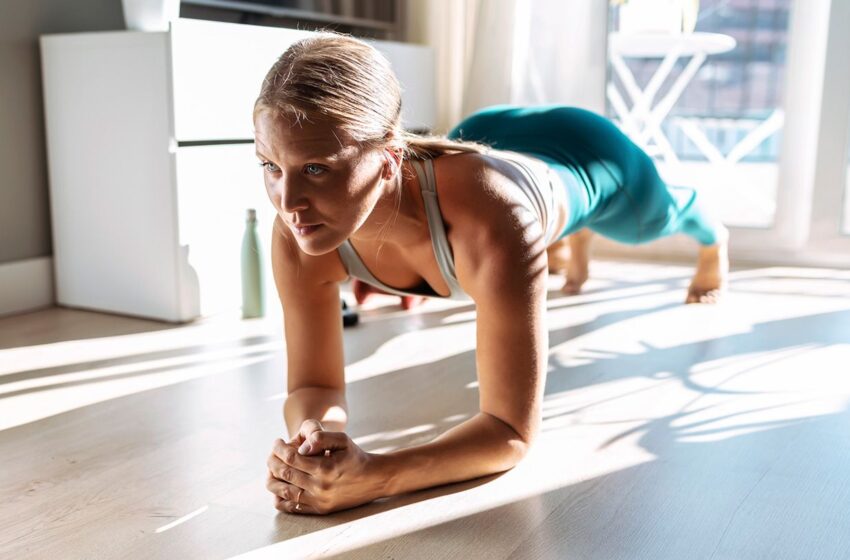How to start a beginner-friendly fitness routine at home

Beginner home fitness tips for lasting results
Starting a fitness routine doesn’t require an expensive gym membership or advanced equipment. With the right plan and mindset, you can begin a sustainable workout habit right from your living room. This guide walks you through the essential steps for creating a beginner-friendly home fitness routine that’s effective, safe, and easy to maintain.
1. Set Clear and Realistic Goals
Before you start, define your fitness objectives. Are you aiming to lose weight, build strength, improve flexibility, or boost energy? Setting specific and realistic goals helps you track progress and stay motivated over time.
2. Create a Dedicated Workout Space
Even if you live in a small apartment, designating a space for exercise helps signal your brain that it’s time to move. A yoga mat, resistance bands, and a small set of dumbbells are enough to get started.
3. Warm Up to Prevent Injury
Skipping a warm-up can lead to muscle strain. Spend 5–10 minutes doing light cardio, such as jogging in place or jumping jacks, followed by dynamic stretches to prepare your body for exercise.
4. Start With Simple, Low-Impact Exercises
For beginners, focus on easy-to-follow movements that work multiple muscle groups:
- Squats or chair-assisted squats
- Wall push-ups or knee push-ups
- Step-ups on a sturdy surface
- Modified planks for core stability
Aim for two to three sets of 8–12 repetitions each, resting 30–60 seconds between sets.
READ ALSO
How to Make Red Eggs and Their Health Benefits
Finding it difficult to sleep? Try these tips for better rest
5. Use Bodyweight Before Equipment
You don’t need fancy machines to get fit. Bodyweight exercises build strength, improve balance, and enhance flexibility. As you progress, you can add light weights or resistance bands for extra challenge.
6. Build a Consistent Schedule
Consistency matters more than intensity in the early stages. Start with 15–20 minutes, three times a week, and gradually increase duration and frequency. Using a workout calendar or fitness app can help you stay on track.
7. Listen to Your Body
Soreness is normal, but sharp or persistent pain is a warning sign. Rest and recover when needed, and don’t compare your progress to others, focus on your own journey.
8. Stay Motivated With Small Wins
Celebrate milestones like completing your first week or holding a plank longer than before. Positive reinforcement helps turn exercise into a lasting habit.
Starting a beginner-friendly home fitness routine is about building healthy habits you can sustain. By setting clear goals, keeping workouts simple, and staying consistent, you’ll not only improve your physical health but also boost your mood, energy, and confidence, without stepping foot in a gym.



